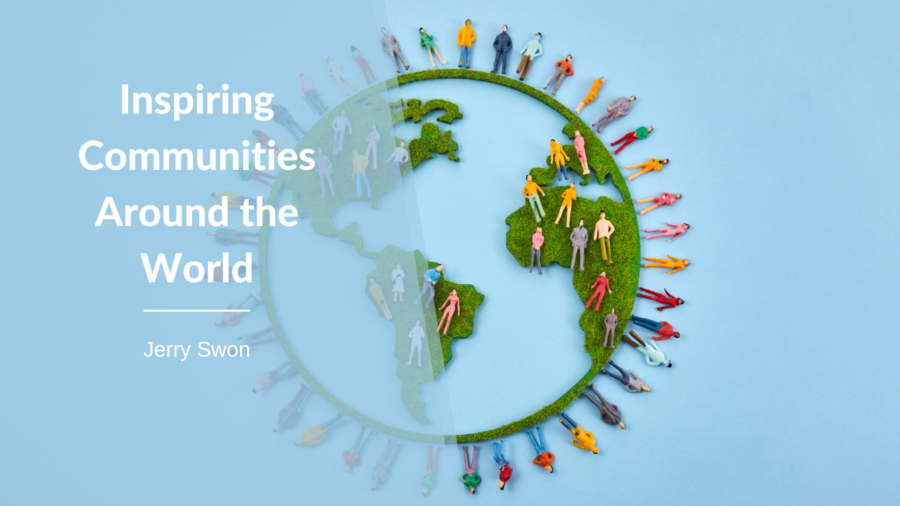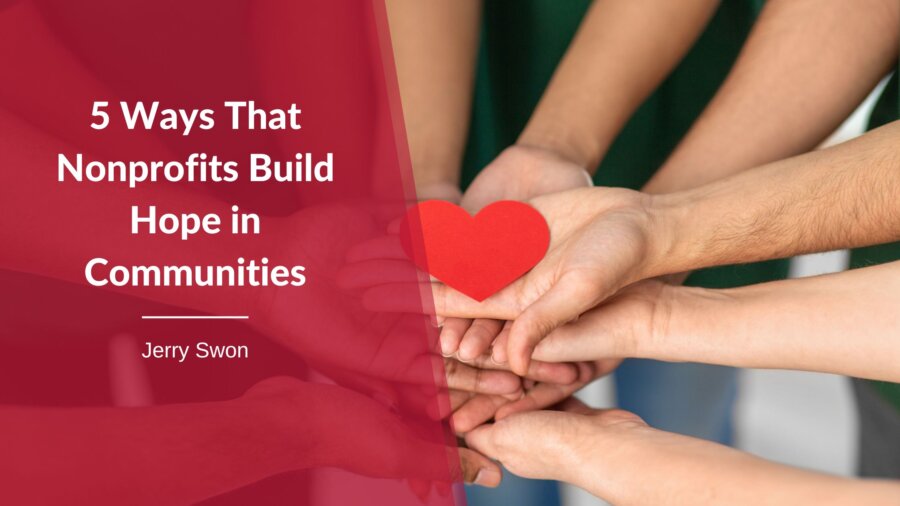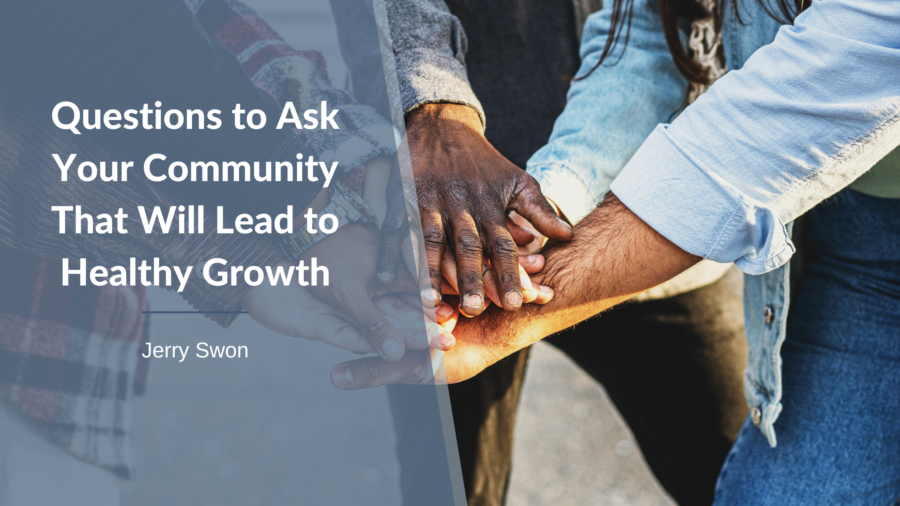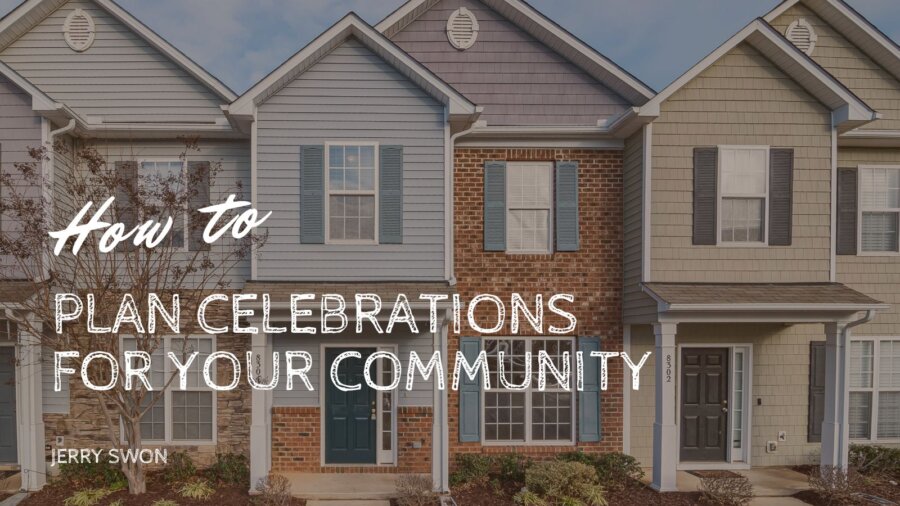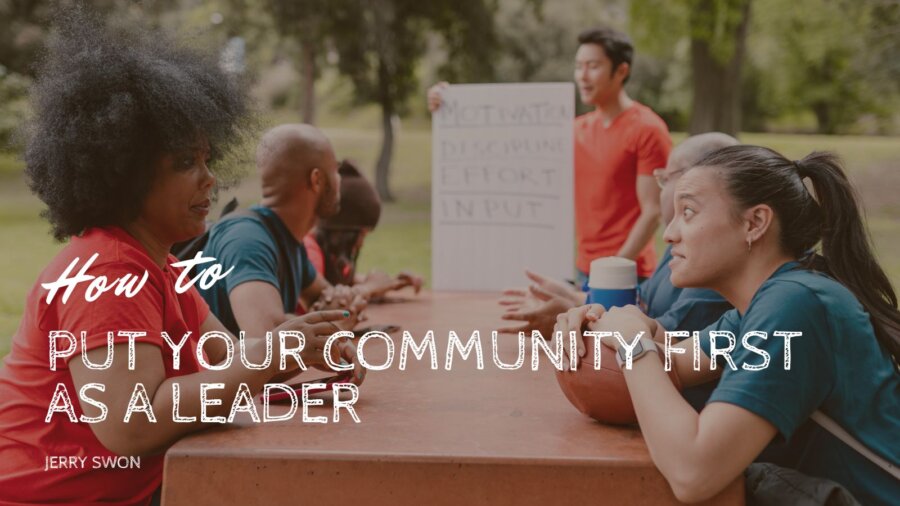Communities worldwide are a testament to humanity’s resilience, creativity, and compassion. From bustling urban neighborhoods to remote rural villages, communities unite to support one another, celebrate diversity, and create positive change. While each community is unique, there are common threads of inspiration that weave through them, fostering a sense of hope and unity.
Here are some examples of inspiring communities around the world:
Kibera, Nairobi, Kenya:
Despite facing significant challenges such as poverty, overcrowding, and lack of access to essential services, the residents of Kibera, one of Africa’s largest slums, have created a vibrant and resilient community. Through grassroots initiatives, community-led organizations, and social entrepreneurship, residents of Kibera are working together to address issues such as sanitation, healthcare, education, and economic empowerment. Projects like the Kibera School for Girls and the Kibera Hamlets Soccer Academy are examples of how residents come together to create opportunities for themselves and future generations, inspiring hope and resilience in the face of adversity.
The Zapatistas, Chiapas, Mexico:
The Zapatista movement, based in the indigenous communities of Chiapas, Mexico, is a powerful example of grassroots organizing and resistance. The movement emerged in the 1990s in response to decades of marginalization and exploitation of indigenous peoples in Mexico. The Zapatistas have inspired solidarity movements worldwide through autonomous governance, community-led development projects, and a commitment to indigenous rights and autonomy.
The Transition Town Movement, Totnes, United Kingdom:
The Transition Town movement, which originated in the town of Totnes, United Kingdom, is a global network of communities working to build resilience in the face of climate change, resource depletion, and economic instability. Transition Town initiatives focus on local food production, renewable energy, sustainable transportation, and community resilience planning.
The Favelas of Rio de Janeiro, Brazil:
The favelas of Rio de Janeiro are vibrant and dynamic communities that have faced decades of poverty, violence, and social inequality. Despite these challenges, residents of the favelas have created thriving cultural and social networks, fostering a sense of resilience and solidarity. Projects like AfroReggae, which uses music and art to promote social inclusion and youth empowerment, and the Favela Painting project, which transforms urban landscapes through vibrant murals and public art, showcase the creativity and resilience of favela communities.
The Bhutanese Gross National Happiness Index:
Bhutan, a small Himalayan kingdom, is known for its unique approach to measuring progress and well-being through the Gross National Happiness (GNH) index. In contrast to traditional measures of economic growth, the GNH index considers factors such as environmental sustainability, cultural preservation, and psychological well-being. Through policies and initiatives focused on holistic development and community well-being, Bhutan has inspired a global conversation about redefining success and promoting happiness and well-being as primary governance and development goals.
Communities around the world are sources of inspiration and resilience, where individuals come together to support one another, celebrate diversity, and create positive change. Whether facing poverty, injustice, or environmental challenges, communities demonstrate the power of collective action, creativity, and compassion in overcoming adversity and building a brighter future for all.

